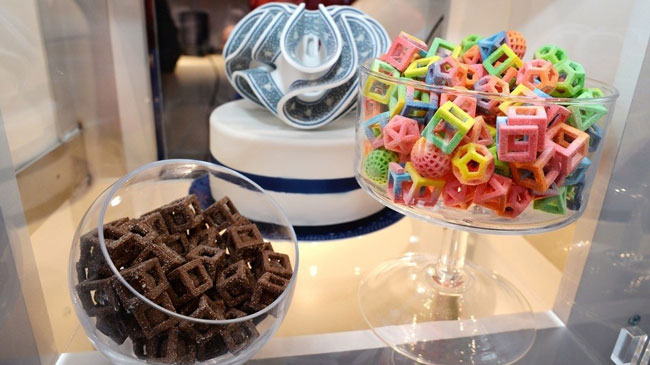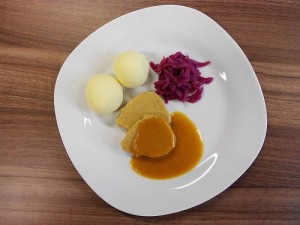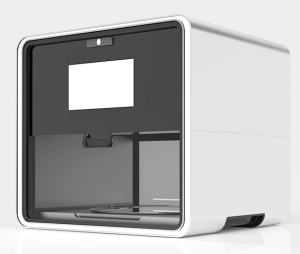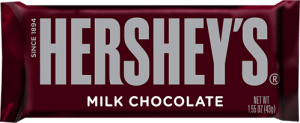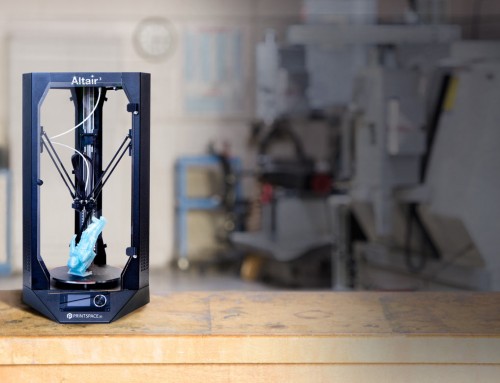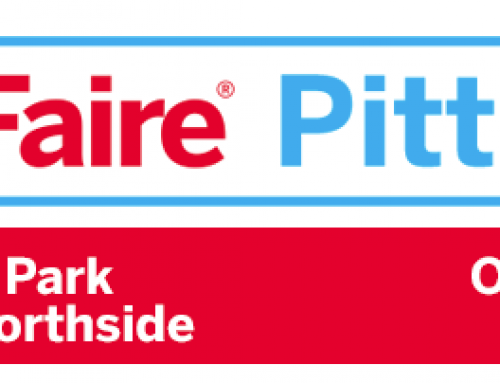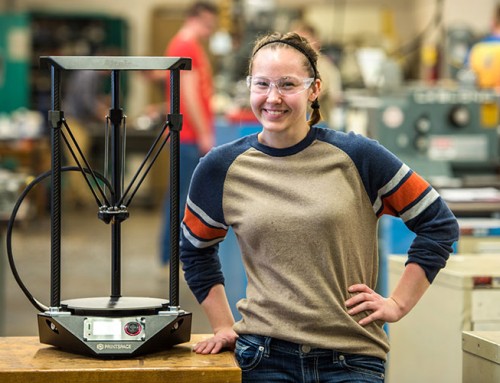3D printing food? Yup, that’s right. Like the replicators in Star Trek, machines that make you pizza or chocolate will soon become a reality. Food safe printers have their own set of technical hurdles that have needed to be passed to be consumer ready. Despite these constraints, food printing is already coming to market as a series of kickstarters and ventures that bring 3D printing to the dinner table.
What is 3D printed food like? The basic 3D printer that prints food resembles many other printers out there: they typically use an extruder that lays out a paste, dough, or some other soft edible.
Smoothfood
The company Biozoon Smoothfood out of Germany has an inkjet-like system they’ve proposed. They specialize in alternative food mixes and preparation. This gives them a unique advantage from the material standpoint; just as innovative filaments drive a fair portion of the traditional 3D printing industry, the food printing industry is going to be driven by inventive ways of printing food.
Making Food Magically Appear With Foodini
If you’re more interested in using your own fresh ingredients, the Foodini by Natural Machines may be more palatable. Using what they refer to as an “open capsule model”, the user does some basic food prep to natural ingredients to make them printer ready. This is based on what ingredients are needed for the food, and the capsules are reusable.
Although the layer thickness of the print is dependent on the food, the smallest nozzle they are currently using is a 1.5 mm diameter.
3D Printed Desserts
When you think about dessert, chocolate often comes to mind. Who better to innovate on chocolate then Hershey’s? 3D Systems and Hershey’s have been working together on the development of a 3D chocolate printer, an idea that Hershey’s thinks is on the cutting edge of confectionery.
A Better Alternative For The Military
The military sees a better alternative to the traditional MRE in 3D printing food. The technology is currently being applied for making small snacks using an ultrasonic technology. However, more traditional 3D additive manufacturing processes could yield more complex, stable foods that have been nutritionally improved to give soldiers a better diet in the field. Printers like those mentioned previously could also be deployed, providing a mobile method of quickly producing food on demand.
Microwaves, toasters, the fridge, the modern kitchen has a host of appliances and gadgets to make our lives easier when it comes to the essentials of food. Each one of these was innovative when it was first developed and marketed. Now we may be seeing a new addition to the repertoire of the cook. Software driven cooking? Maybe the 3D printing revolution could be a food revolution, too.
Top image photo credit: TweakTown
